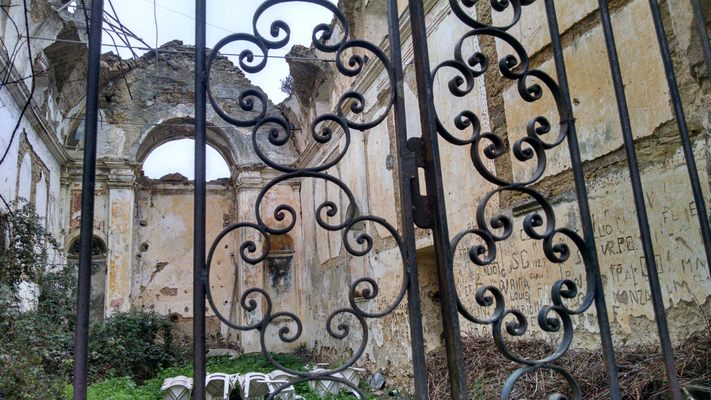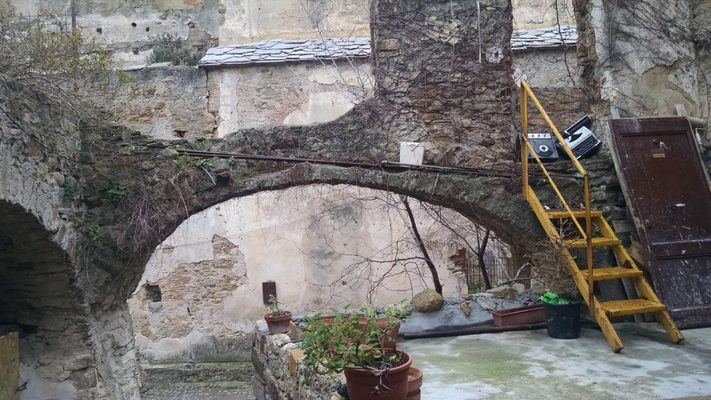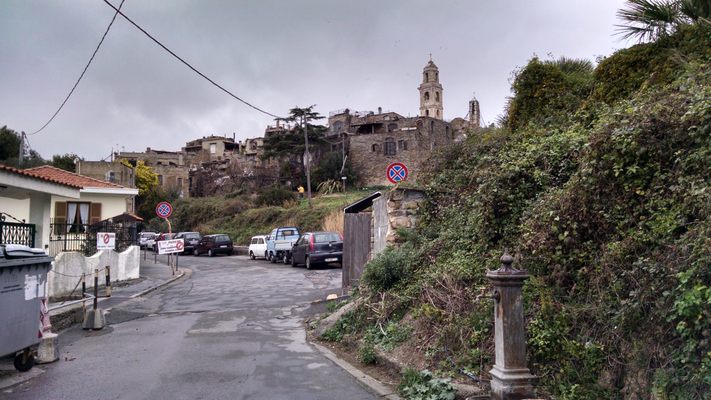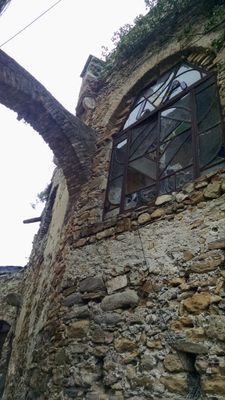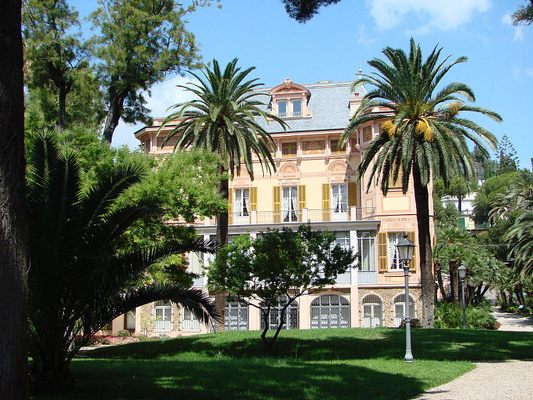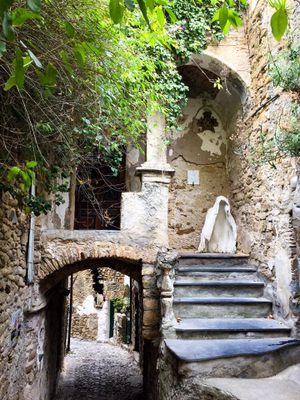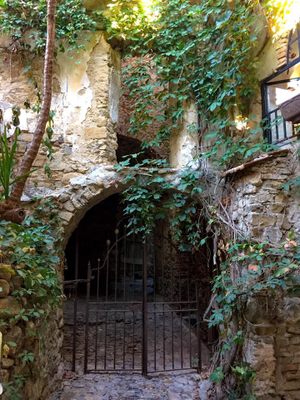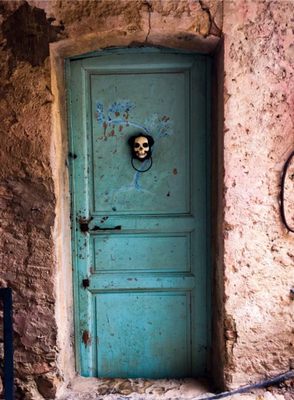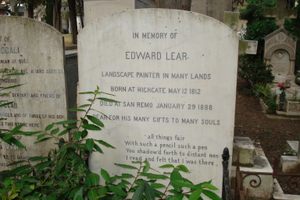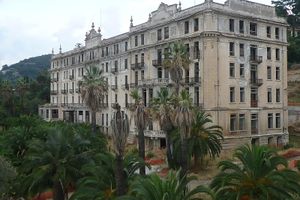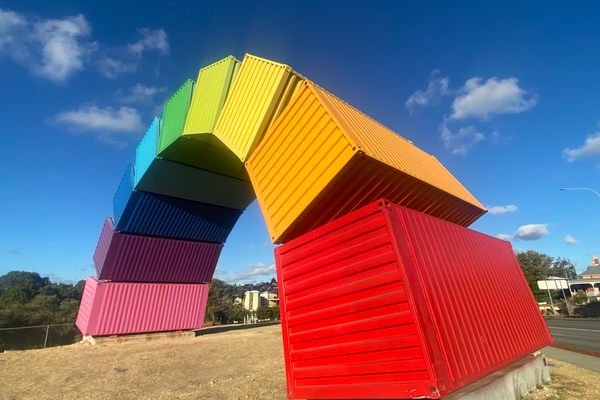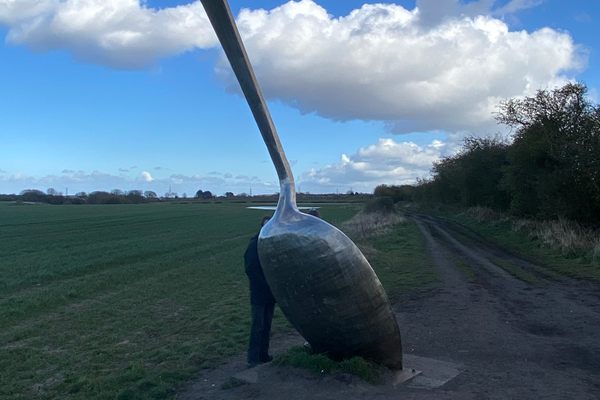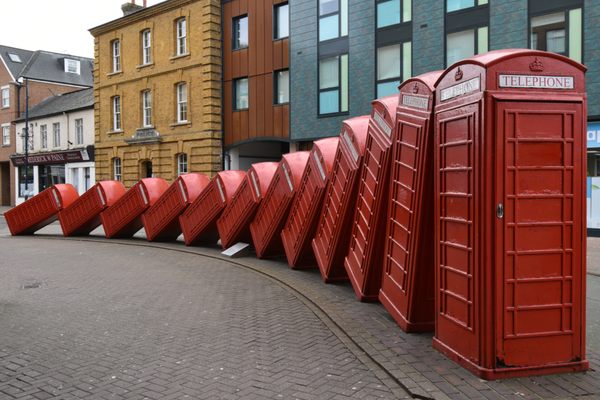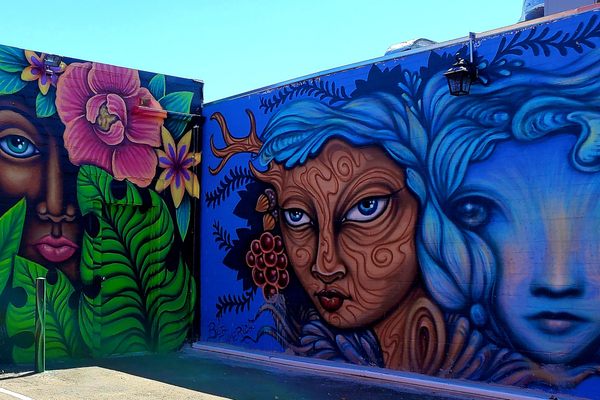About
For decades, international celebrities and ordinary tourists alike have traveled in pursuit of the glitz of Sanremo, famous for its music festival and the wealth of world-class villas that loom over its teal waters. But how many of these visitors know that lurking just beyond the glamour is a rogue art community rebuilt from its own ruins?
In medieval times, what is now prime real estate was exposed to all kinds of raiders and conquerers. In order to survive, individual homes and entire communities had to be built directly into the jagged hills that dotted the valleys between mountain and sea. Homes and buildings hung in precarious clusters in the rock, often supported by a single narrow, winding road both in and out. Serving as their own fortresses, these towns boasted engineering so advanced as to have held off the advances not only of their enemies, but of time itself.
Of course, no design is without flaws. When the Mediterranean was rocked by an earthquake on the morning of February 23, 1887, damage was suffered from Genoa all the way into France. Around 2,000 people lost their lives, including hundreds in the small town of Bussana Vecchia alone. Even the church, where hopeful citizens sought shelter, fell was destroyed.
Surveyors of the damage deemed Bussana, already aged and perilous, uninhabitable beyond repair, and abandoned it for a "New Bussana" in the valley below. "Old" Bussana, founded way back in 1050, was left to rot.
Sixty years later, right as World War II was ending, Southern Italian migrants sought shelter in the North, and many saw potential in the tiny abandoned ghost town, although this ended up proving nearly impossible.
But the spirit of the town was not dead just yet. By the 1960s, a community of rebel artists led by the Sicilian Vanni Giuffrè settled on "Old Bussana" and rebuilt the ruins by hand, without electricity or running water. Their vision was that the village would become their bohemian oasis; a place for them to live simply, freely, and cheaply, without societal or artistic constraints.
For years, local authorities have tried to reclaim Old Bussana, to regulate and even help further stabilize the structures within the town. They have been met, however, with consistent refusal and mistrust, ostensibly leaving Bussana's citizens to continue living their dream off the grid.
Today, the town appears to have traded a bit of that rebel glow in for some modern-day comforts. Plumbing and electricity run several restaurants, galleries, and cafes, and visitors are more readily welcomed. Though it may no longer stand as a pure expression of artistic wile and wit, its delightful blend of medieval and hippie architecture reminds any visitor of what it has always been: a haven for outcasts and nonconformists in the backyard of the rich and famous.
Related Tags
Know Before You Go
A car is highly recommended, as the drive up from Sanremo, albeit a mere fifteen minutes, is narrow, steep, and bumpy.
Flavors of Italy: Roman Carbonara, Florentine Steak & Venetian Cocktails
Savor local cuisine across Rome, Florence & Venice.
Book NowCommunity Contributors
Added By
Published
July 14, 2017
